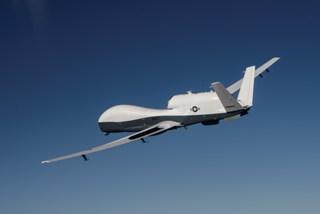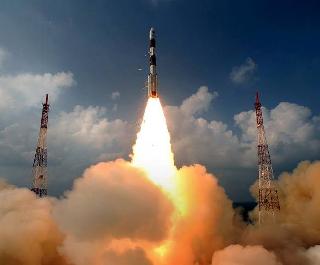
SRIHARIKOTA (PTI): India's premier space agency, ISRO, is just a few hours away from its historic mission to Mars, its first-ever launch outside the Earth's sphere of influence in its 44-year-long history.
The Mission Control Room at the Satish Dhawan Space Centre here, about 100 from Chennai, is abuzz with activity as scientists are monitoring the countdown time CDT for launch of India's first mission to the red planet.
"The countdown is progressing normally. All vehicle systems were switched on for the final eight and half hour countdown which started at 6:08 AM," a spokesman of the Indian Space Research Organisation told PTI.
The 76 metre tall Mobile Service Tower covering the 44.4 metre rocket has been withdrawn to a distance of around 150 metres to facilitate the launch, ISRO sources said.
Ever since its establishment in 1969, ISRO has only launched missions around Earth for various purposes and a single mission to the Moon.
This is the first time the national space agency is aspiring to send a mission to study a celestial body outside Earth's sphere of influence.
India's Mars Orbiter is expected to reach the red planet's orbit by September 2014 and look for the presence of methane, an indicator of life there.
ISRO has put in place an extensive network of stations worldwide to track the Mars Orbiter Mission after launch from the first launch pad here at 2.38 PM.
Unlike other PSLV missions, PSLV C25 will take more than 40 minutes to inject the Mars Orbiter into Earth's orbit as it has a long coasting phase (1,700 seconds) for the launch and has to achieve an "argument" of perigee of 276.4 degrees.
The vehicle trajectory will be tracked by monitoring stations at the Space Centre here, Indian Deep Station Network at Byalulu near Bangalore and Down Range Station at Port Blair in India and also from Biak in Indonesia and Brunei.
Two sea-borne terminals equipped with a 4.6 metre antenna and a 1.8 metre antenna on board Shipping Corporation of India's SCI Nalanda and SCI Yamuna (some 2500 km between them) in South Pacific Ocean will track the vehicle as it injects the Mars Orbiter mission into Earth's orbit.
Once injected into orbit by the launch vehicle, the spacecraft trajectory post separation would be tracked from NASA's Jet Propulsion Laboratory facilities at Goldstone (U.S), Madrid (Spain) and Canberra (Australia).
The Mars Orbiter carries five scientific instruments to study the red planet - Lyman Alpha Photometer (LAP), Methane Sensor for Mars (MSM), Mars Exospheric Neutral Composition Analyser (MENCA), Mars Colour Camera (MCC) and Thermal Infrared Imaging Spectrometer (TIS).
While LAP and MSM would help in atmospheric studies, MENCA would focus on studying particle environment. MCC and TIS would contribute to studying the surface imaging of the red planet.
After having received 33 ideas for instruments to be flown to Mars, ISRO shortlisted nine, of which the Advisory Committee of Space Sciences headed by Prof U R Rao finalised five instruments as only these were mature enough for the flight.
The 1,337 kg Mars Orbiter with 852 kg fuel and 15 kg of scientific instruments is expected to reach Mars' orbit on September 14, 2014.
Though there have been 51 missions to the red planet by some countries, only 21 have been considered successful, according to NASA.
 Previous Article
Previous Article Next Article
Next Article










The Indian Air Force, in its flight trials evaluation report submitted before the Defence Ministry l..
view articleAn insight into the Medium Multi-Role Combat Aircraft competition...
view articleSky enthusiasts can now spot the International Space Station (ISS) commanded by Indian-American astr..
view article